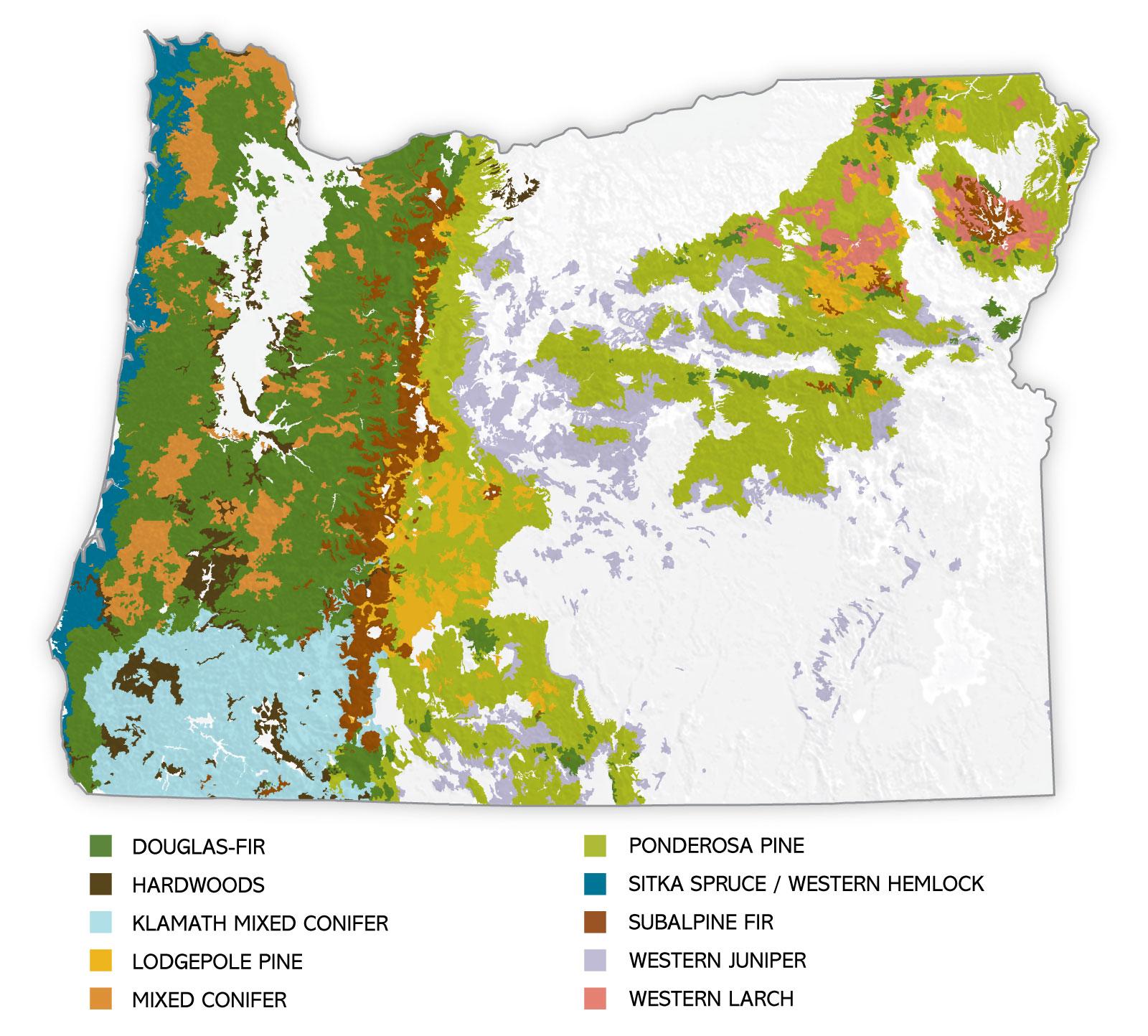About the Oregon Forest Resources Institute
Nearly half of Oregon is covered in forests. These forests provide many social, environmental and economic benefits to the state and its residents, including clean air and water, recreational opportunities, jobs and the wood products that we use every day. It is important that all Oregonians have the opportunity to learn more about the forests where we live, work and play.















